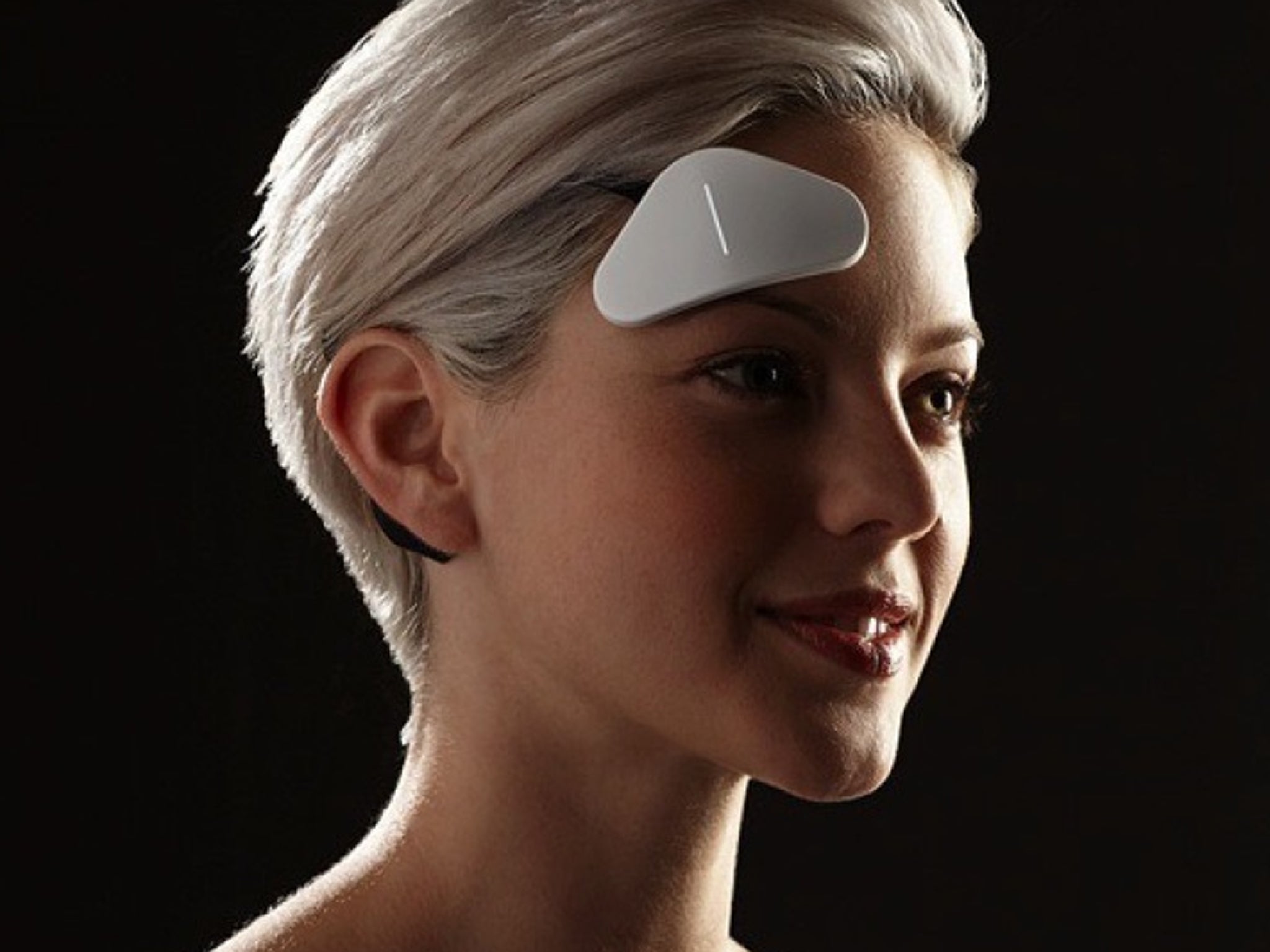Thync: company launches mood-changing wearable that zaps brains
Controlled by an app and just released, the headset promises to calm or energise people

Your support helps us to tell the story
From reproductive rights to climate change to Big Tech, The Independent is on the ground when the story is developing. Whether it's investigating the financials of Elon Musk's pro-Trump PAC or producing our latest documentary, 'The A Word', which shines a light on the American women fighting for reproductive rights, we know how important it is to parse out the facts from the messaging.
At such a critical moment in US history, we need reporters on the ground. Your donation allows us to keep sending journalists to speak to both sides of the story.
The Independent is trusted by Americans across the entire political spectrum. And unlike many other quality news outlets, we choose not to lock Americans out of our reporting and analysis with paywalls. We believe quality journalism should be available to everyone, paid for by those who can afford it.
Your support makes all the difference.A newly-released headset hopes to wake people up or calm them down by manipulating the electricity in their brain.
Thync costs $299 and has just been released to the public. It provides “calm or energy on demand”, the company says, by using “neurosignalling” to activate nerves and change people’s state of mind.
The Thync looks like a small, white plastic triangle that is placed on the forehead. Its then fed with “Vibes” — specially-formulated zaps that either wake people up or calm them down.
The whole thing is controlled by phones. The zapping lasts an hour but the effects can go on for long after that, the company claims.
A number of different reviewers have tried the zapping, claiming that it really does wake up or put to sleep its users.
But the text from the Queen’s Speech that announced it said that it banned “any substance intended for human consumption that is capable of producing a psychoactive effect” — and since the Thync works by manipulating electrical energy rather than a material substance, it should be allowed.
Join our commenting forum
Join thought-provoking conversations, follow other Independent readers and see their replies
Comments